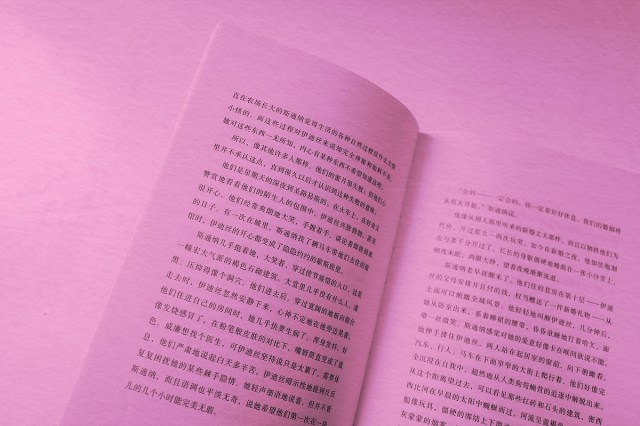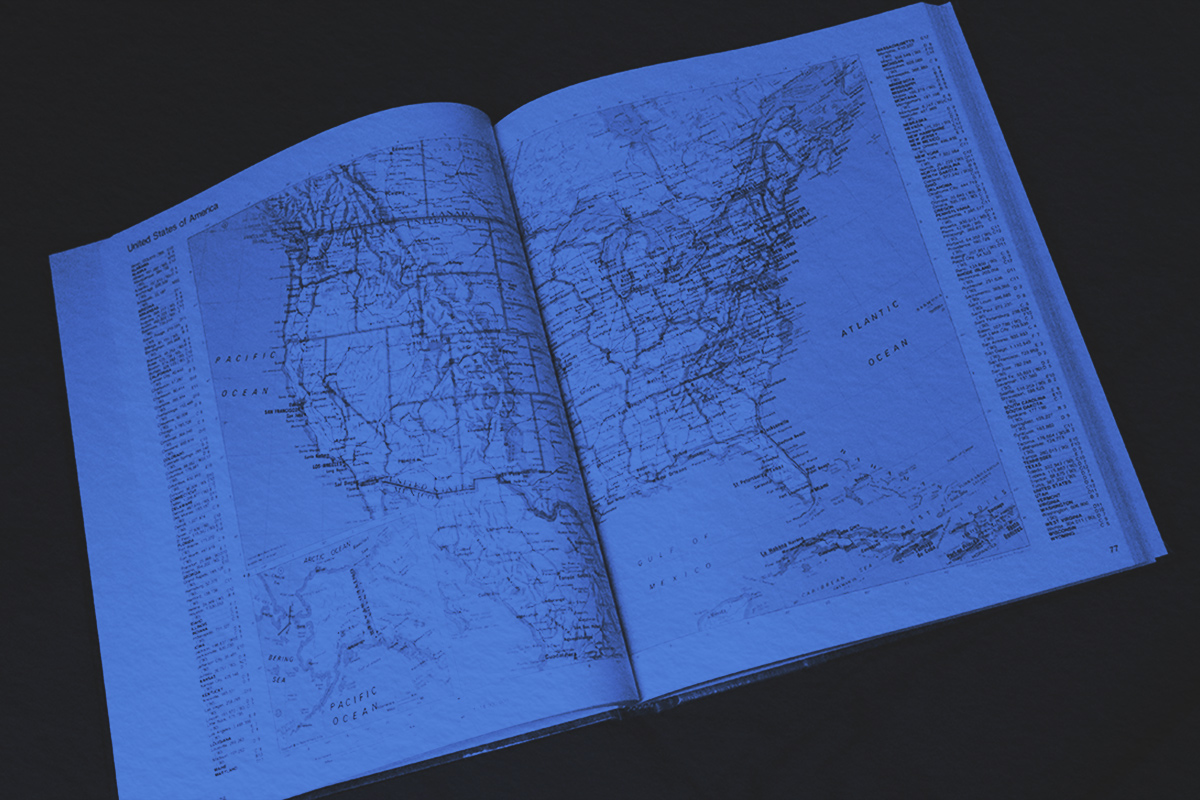
The English language uses the Latin alphabet — the “ABCs” that toddlers learn to sing — and those building blocks of words come with punctuation marks that add structure and nuance to sentences. While many languages that use the Latin alphabet have similar punctuation marks, there are many more languages and alphabets with additional options. Even when the function is the same (ending or pausing a sentence, for example), different symbols do the work. Let’s learn how some languages around the world punctuate sentences.
Many ancient alphabets and languages didn’t include a system of punctuation, but the earliest known recording of punctuation is the Mesha Stele, also called the Moabite Stone, found in what is now Jordan. The artifact, which dates to 840 BCE, is written in a version of the Phoenician alphabet, with points and horizontal strokes to separate words.
Most ancient languages developed without punctuation or even spaces between words in written form, making it tricky for readers to parse out the meaning, but around the fifth century BCE, Greek playwrights began to use marks to help with reading their stories out loud. The Greek scholar and librarian Aristophanes of Byzantium is sometimes credited as the inventor of punctuation because he marked sections of writing with different types of dots — symbols that would come to be known as commas, colons, and periods.
Punctuation became even more widely used with the advent of the printing press in the mid-15th century. And when the typewriter was invented in the mid-19th century, it became important to standardize the use of punctuation marks to aid both reading and comprehension.
A comma is used in English to indicate a short pause or to separate items on a list. Several other languages also use commas, but they have a slightly different look.
In Arabic, words are written from right to left instead of left to right, so the comma faces the opposite direction (،) compared to a comma in English. Japanese commas don’t curve (、), and the straight-line punctuation mark is used extremely liberally in Japanese writing. Instead of following specific grammar rules for usage, the Japanese comma can be inserted anywhere the writer wants a break or a pause. The Japanese language also uses full-width spacing (giving that extra room around the comma), as opposed to half-width spacing in English.
In English, these marks (“) are used at the beginning and end of a quoted passage to set it off from the rest of the sentence. The Filipino, and Hindi languages handle quotation marks the same way American English does, but others take a different approach.
Several language systems, including German, Dutch, Hungarian, Hebrew, Romanian, and Icelandic, use one quotation mark at the bottom and one at the top at either end of the quoted text („…”). French, Greek, Italian, and Spanish occasionally use angular quotation marks, called guillemets («…»). The marks are flipped in the Danish language (»…«). In traditional Chinese, quotation marks appear like little bars on either side of the quote (「…」), but in simplified Chinese, the Western-style quotation marks are used.
Virtually every language has some sort of mark to indicate a query. As with commas, Arabic question marks appear backward (؟). In Armenian, the question mark is shaped like a slight curve (՞), and in Greek, the symbol for a question mark looks like a semicolon (;). In Spanish, sentences are bookended with upside-down and right-side-up question marks (¿…?).
One of the oldest punctuation marks, a period, indicates a full stop at the end of a sentence. This basic dot is not so simply represented in every language.
In the Bengali language, spoken in Bangladesh, the period is simply a straight line (।), which is an excellent way to indicate a divide between sentences. In the Armenian language, the period resembles an English colon (։), and in Japanese, the period resembles a small circle (。), not a simple dot.




















